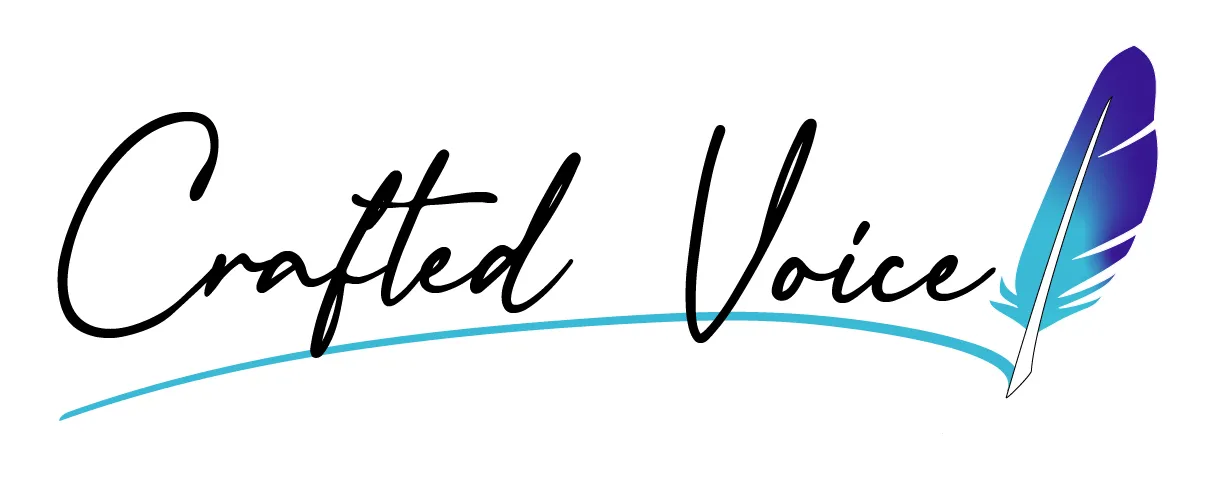When you do cross the line from needing an editor for your writing… and not?
Most people say no to an editor when it comes to quick 1:1 emails, instant messages, and text messages but yes to longer, more important messages.
The reality is…there is no line.
You don’t want to be the person known for typos, stream-of-thought messages, and half-baked sentences – even in short, informal messages. It degrades your credibility and expertise.
You always need an editor, no matter what. But it’s not as hard or time consuming as it sounds.
1.Your default editor should be AI. Your platform of choice has a version of “spelling and grammar check” – a basic form of AI that has been around for decades. Using it shouldn’t even be a question.
-
Run this before and after your primary editor reviews your work.
-
Don’t accept every change it recommends – it can be wrong, but most of the time it’s right.
2. Your primary editor should be YOU. If you are writing a quick email or text, always read it from beginning to end before hitting send. You’ll catch typos, grammar mistakes, and autocorrect fails that come with quick typing.
If you are writing longer form content (blog, report, case study, speech, etc), you should be reading and editing your work at least three times before any other eyes see it.
-
1st time = edit for flow and big picture purposes.
-
2nd time = double check the flow while paying closer attention to grammar and spelling.
-
3rd time = catch the details that camouflage themselves during the first two reviews.
Once your job as primary editor is complete, you can pass the work to your secondary editor.
3. Your secondary editor should be someone you hire, a teammate, or a trusted colleague or friend. Most texts, slack messages, and quick edits don’t need a secondary editor, unless the topic is sensitive.
-
Longer form content benefits from a secondary editor because your work needs an unbiased and objective perspective to review the flow, language, and effectiveness of the message.
-
Secondary editors are also fresh eyes that catch mistakes that your brain (and yes, even AI) skips over.
“Hiring” your default and primary editor costs you nothing but a few extra minutes and will immediately result in more polished and professional messages. You have nothing to lose but those dang autocorrect fails and run-on sentences.
Editing Tips for Quick Messages
Sharpening your writing skills doesn’t require drafting lengthy essays. Before hitting send on your next slack or text message, try these three editing techniques:
1. Cut the Fluff | Reread your message and cut out unnecessary words to get straight to the point. Be clear and concise.
2. Check your Tone | Is your current message positive and collaborative? Tone can make or break your message. Aim to be approachable and solution-oriented, even in quick messages.
3. Tailor for Impact | Think about what your recipient needs to know and structure your message accordingly. Tailoring your message to your audience is the best way to get the action/results you want (This works with texts to moms and moody teenagers too!)
Here’s an example of an email that lacks clarity and impact:
❌ “Hi, I was wondering if you could help with a blog article. I think it could be about something related to industry trends or changes, but I’m not totally sure what angle to take. Maybe something about what’s happening right now? Let me know your thoughts and if this could work.”
This is better:
✅ “Hi Kristina, I’d like your help brainstorming a blog article idea about current industry trends. Specifically, I’m interested in highlighting how remote work is reshaping team collaboration”. Can you share any insights or angles you think would resonate with our audience? Let’s aim for a draft outline by Friday—let me know if that works for you!”
Try these tips in your next message and monitor the results – fewer questions, less back and forth, and clearer responses.
Need A Secondary Editor?
Don’t leave your business messages without a fresh, objective set of eyes to ensure you are speaking clearly and concising to your target audience. Crafted Voice would love to serve as your secondary editor. Editing packages begin at $100.

